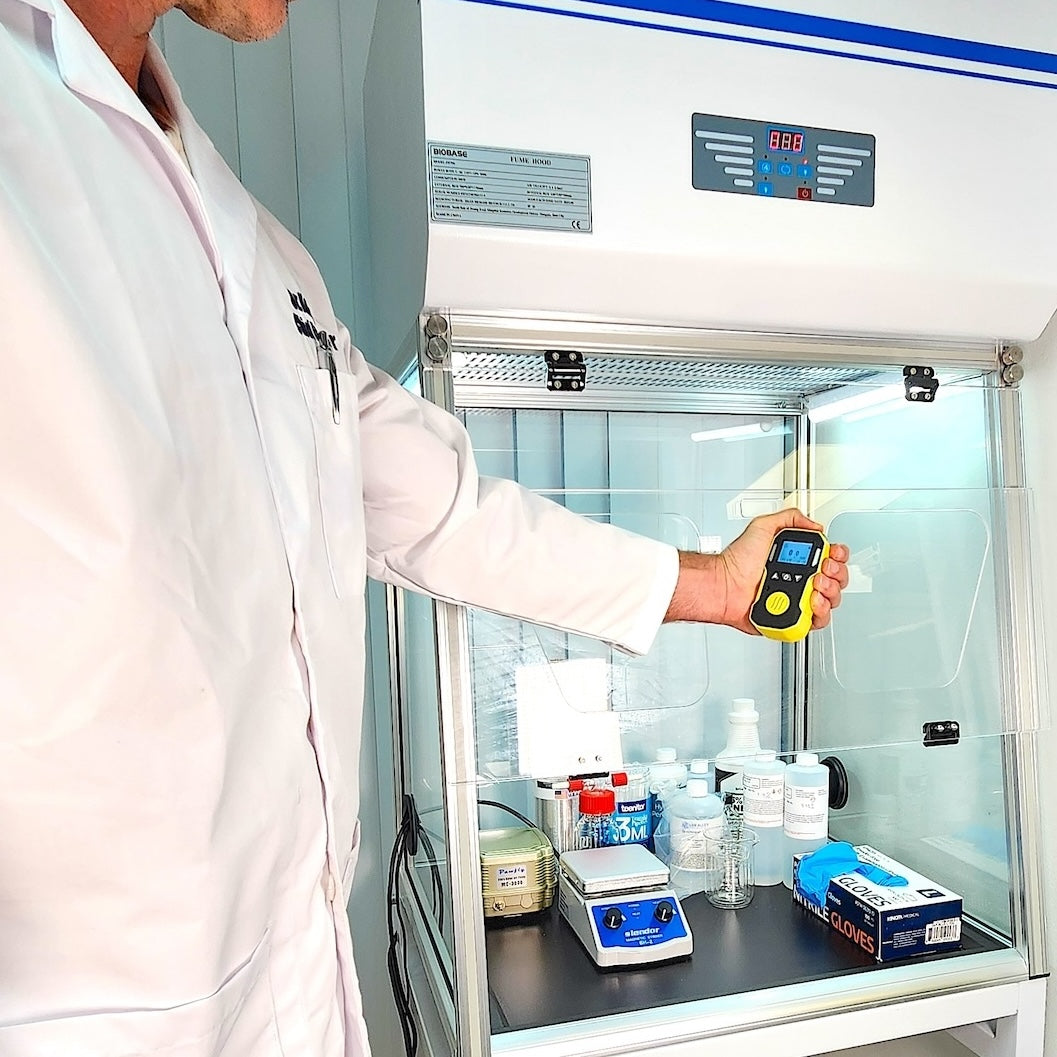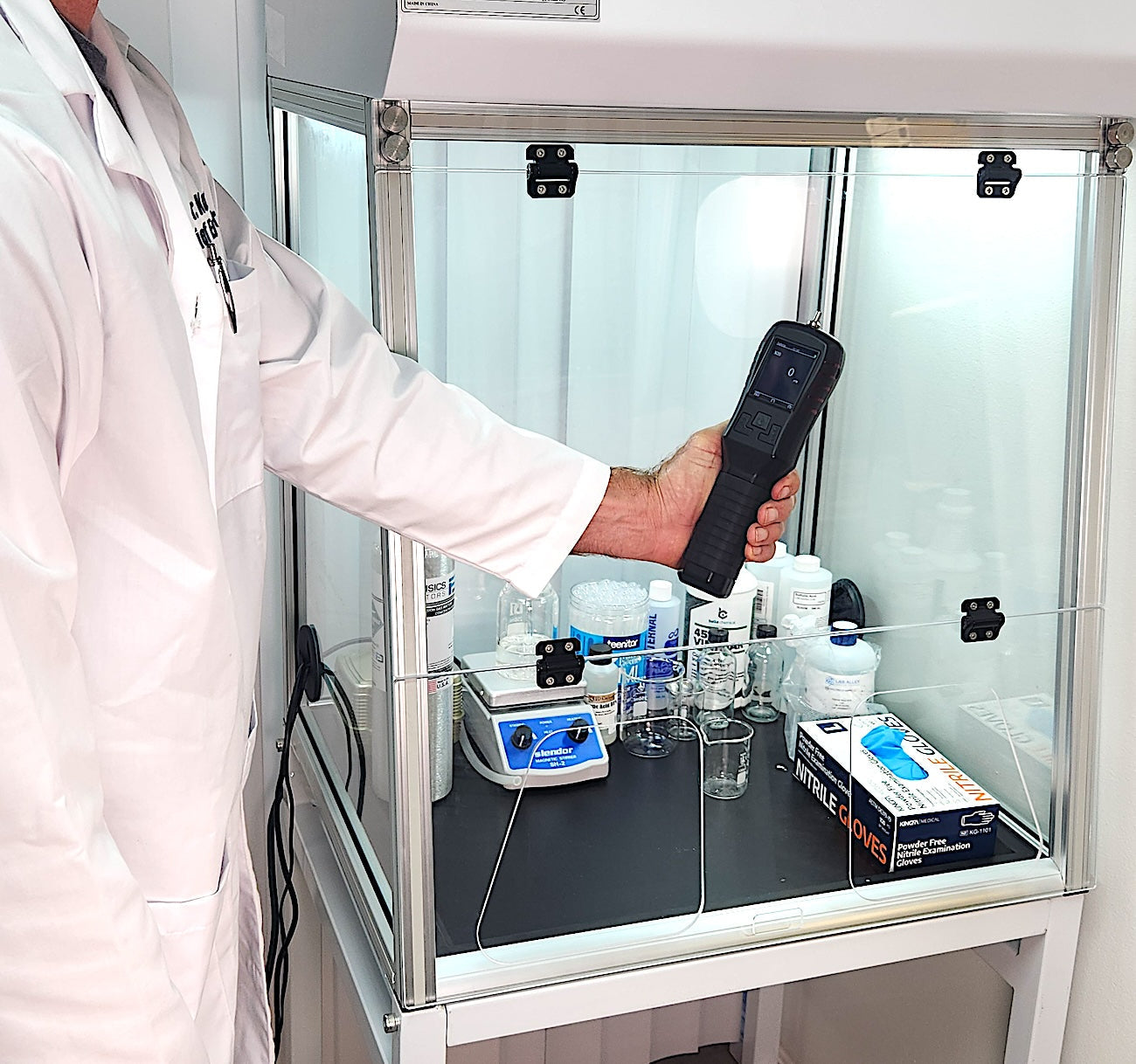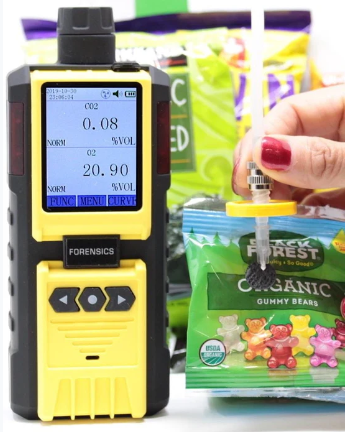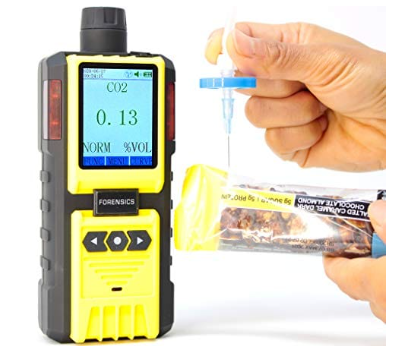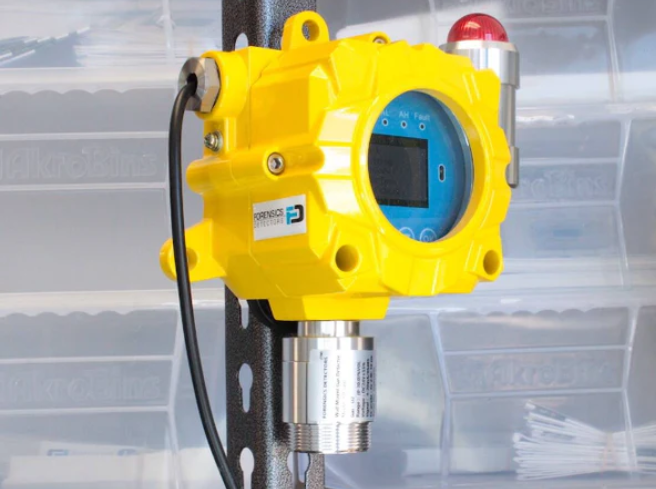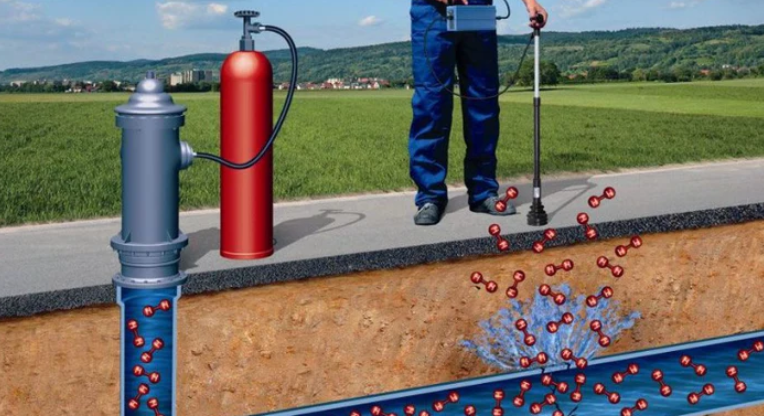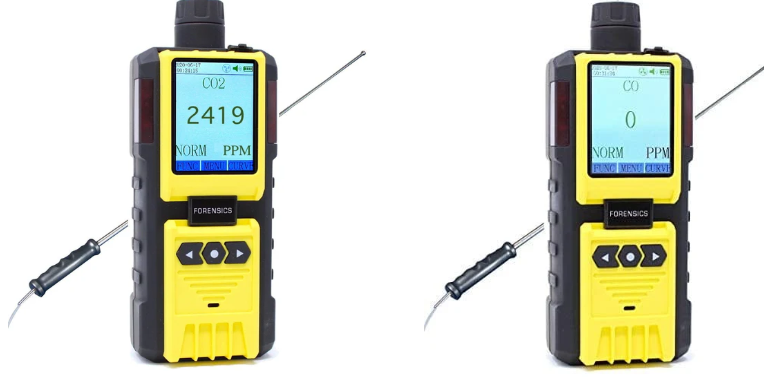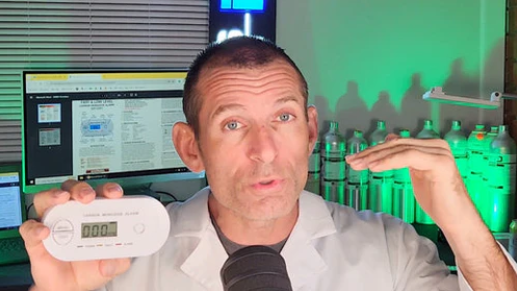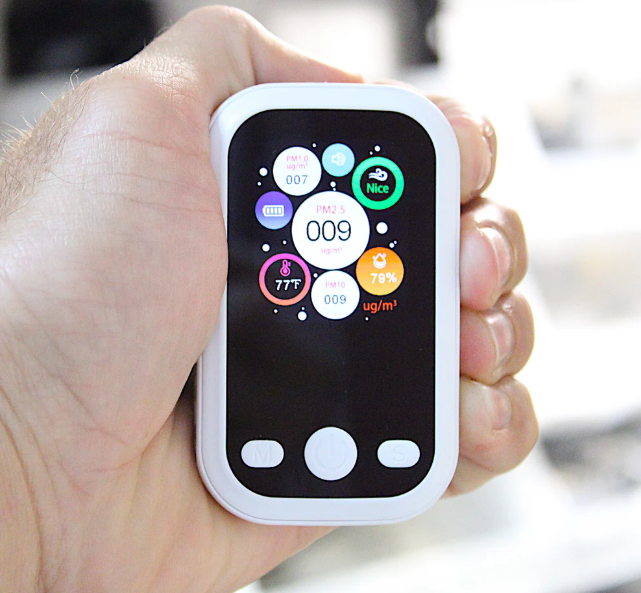Articles
Hydrogen Leak Detector (in 2025)
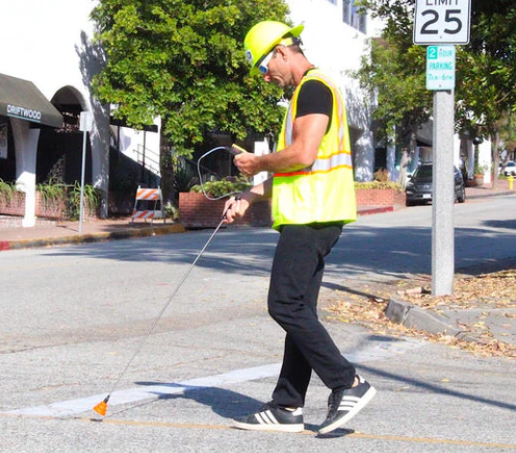
Introducing the Hydrogen Leak Detector with a built-in pump, a top-of-the-line solution for detecting hydrogen leaks. With its fast response time and point probe sampling, this detector is ideal for tracking hydrogen leaks in storage and distribution facilities, identifying hydrogen tracer gas leaks in plumbing applications, and monitoring hydrogen accumulation in battery rooms or hazardous areas.
Best CO2 Leak Detector (in 2025)
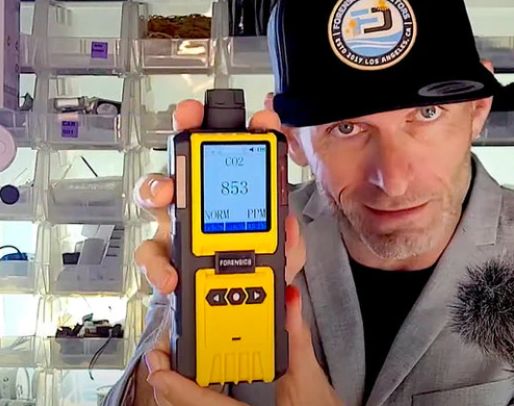
Introducing the CO2 leak detector, a powerful tool for monitoring carbon dioxide air quality and identifying leaks in various applications, including systems, instruments, fermentation, R&D, and process control. With a sensitive resolution of 1ppm and a high range of 5000 ppm, this detector ensures accurate and reliable CO2 detection.
Best Handheld CO2 Meter (in 2025)
What is a Carbon Monoxide Leak Detector (in 2025)
Nitrous Oxide Detector (2025 update)
CO2 Indoor Air Quality (in 2025)
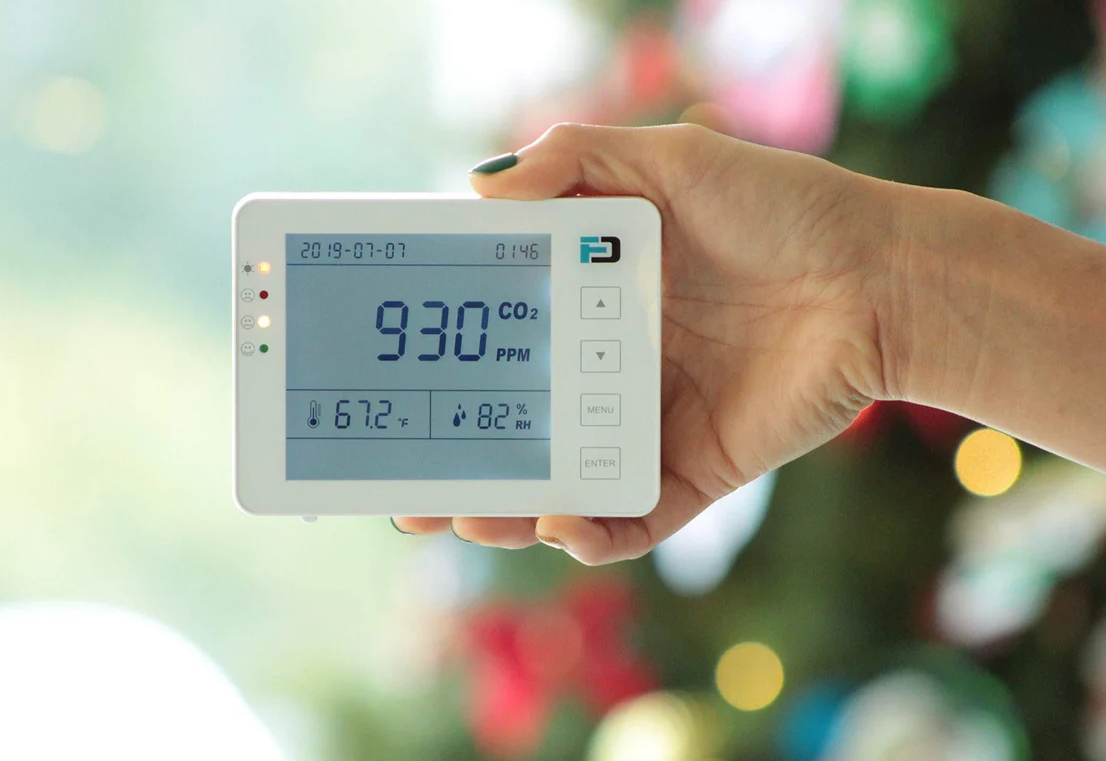
Discover our precise CO2 monitor, designed to meet AB841 standards with a 1100 ppm alarm and max feature. This versatile product monitors indoor CO2 levels in various settings, including coffee shops, fitness gyms, restaurants, incubators, beer production, airplanes, and transport vehicles.
CO2 & O2 Headspace Analyzer (in 2025)
Best Travel Carbon Monoxide Detector (2025 update)
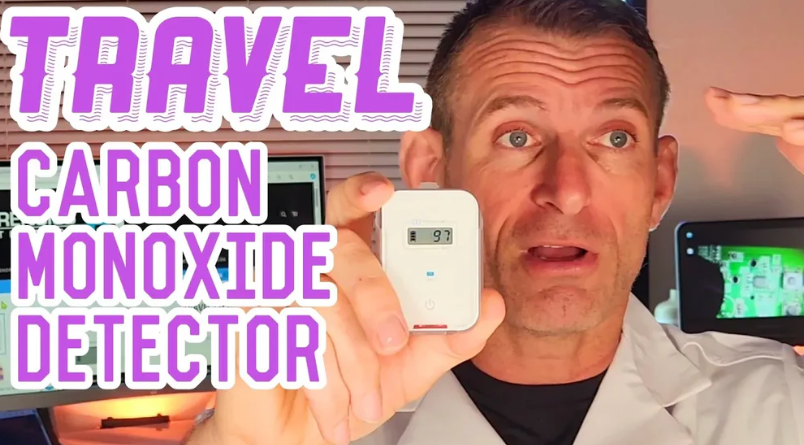
A travel carbon monoxide (CO) detector is a portable device designed to monitor and alert users to the presence of this colorless, odorless, and potentially deadly gas when away from home. CO is produced by the incomplete combustion of fuels like natural gas, propane, wood, and gasoline, making it a risk in many travel accommodations and transportation.
CO2 Headspace MAP Analyzer (in 2025)
CO2 Monitor for Industrial Safety (in 2025)
CO2 Meter Handheld up to 100% (in 2025)
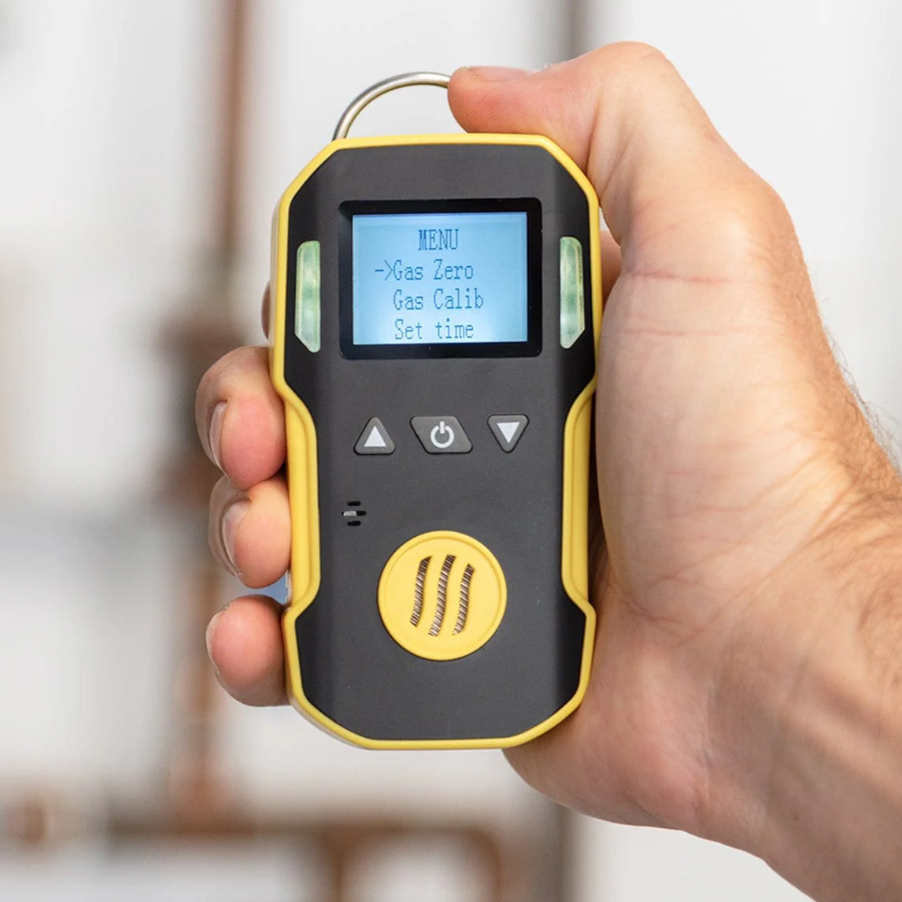
Introducing our state-of-the-art carbon dioxide (CO2) meter, a top-tier choice featuring a cutting-edge dual channel NDIR CO2 sensor. This meter is specifically designed for professional industrial technicians who require comprehensive CO2 detection capabilities beyond basic ambient readings. With a full volumetric detection range of 0-100%, it is the ideal solution for monitoring CO2 levels in various industrial settings, including silos, tanks, storage rooms, fermentation processes, and beer production.
Tracer Gas Leak Detection (Hydrogen, Helium, CO2) in 2025
Gas Exposure Limits (2025 Ultimate Tables)
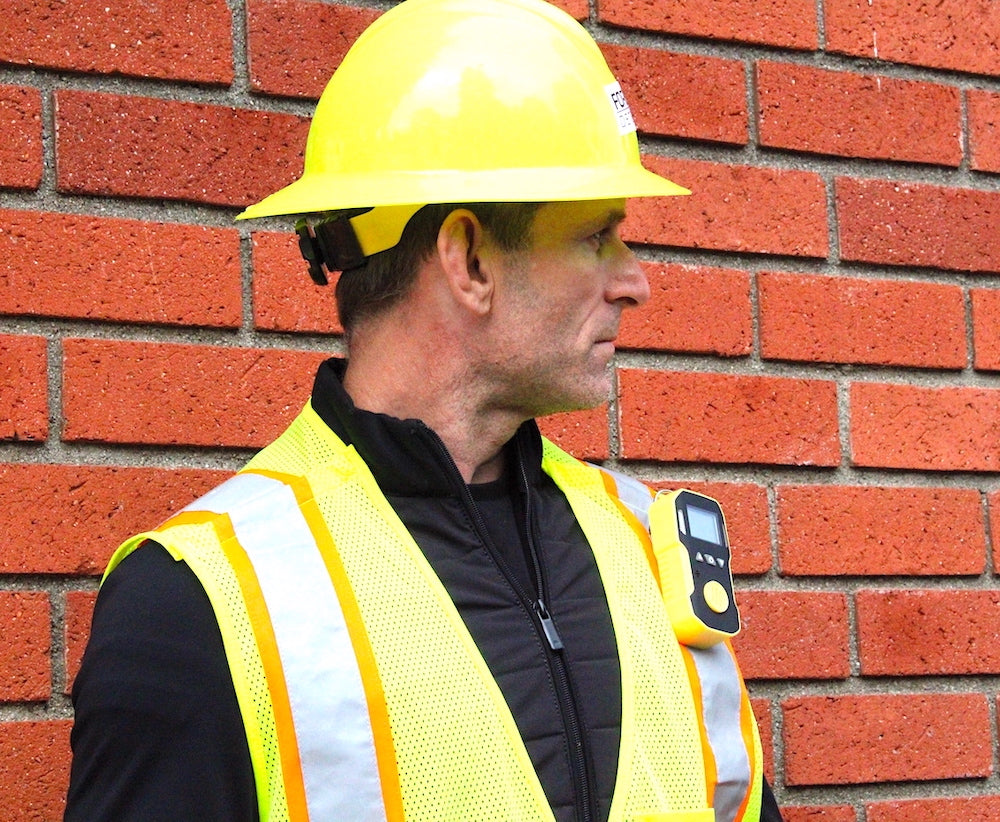
When working with gases, it's crucial to understand their properties and exposure limits to ensure safety and prevent potential health hazards. Gas exposure limits provide guidelines for the maximum allowable concentration of a gas in the air that workers can be exposed to without adverse effects. These limits vary depending on the specific gas and its properties, such as toxicity, flammability, and reactivity.
Gas Sensor Cross Sensitivity (2026 Ultimate Tables)
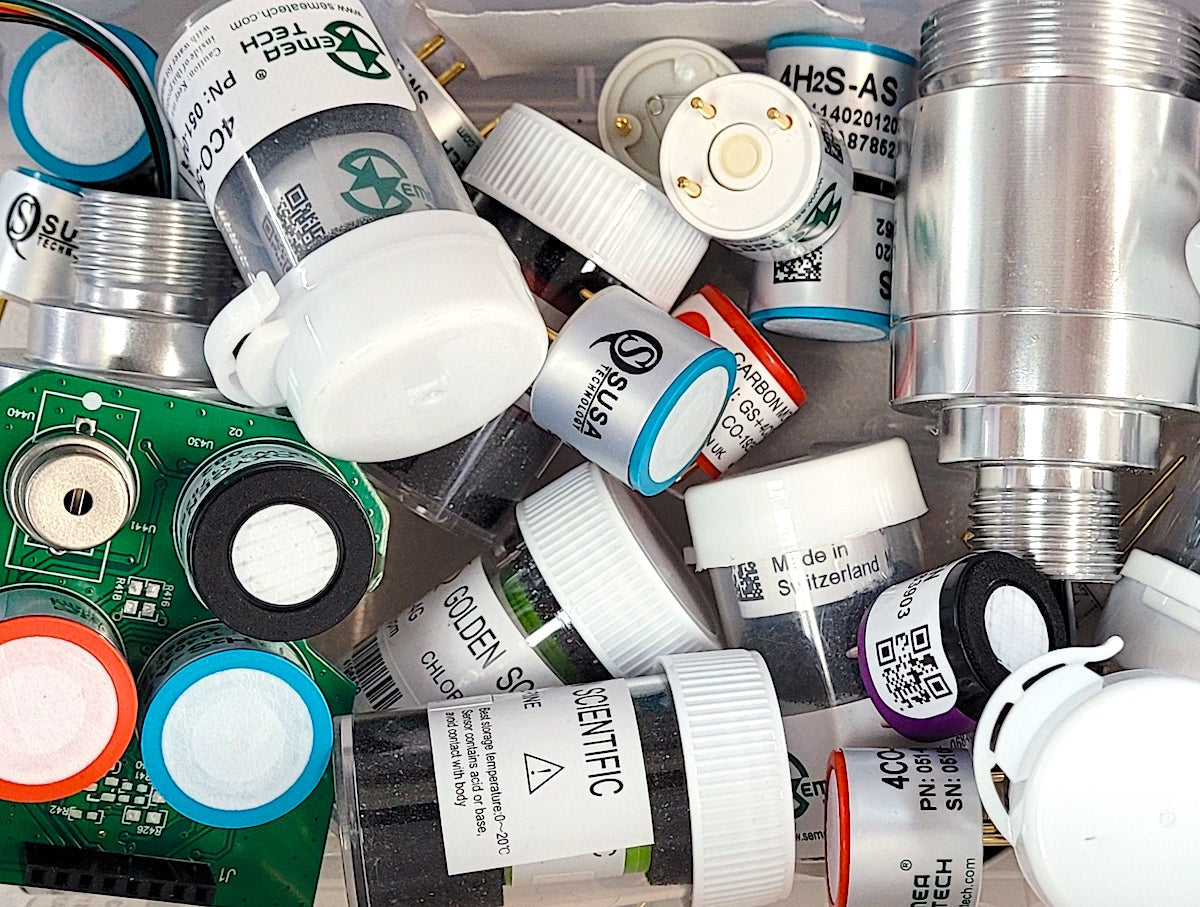
There is no such thing as a perfect gas sensor. All gas sensors have a sensitivity to other gases. The question is to what degree? Defining this degree of sensitivity is a term called cross sensitivity. We present cross sensitivity data in a table format and organized in alphabetic gas order for easy reference.
Freon Leak Detector, AC and Refrigerant Leak Detector (2025 update)
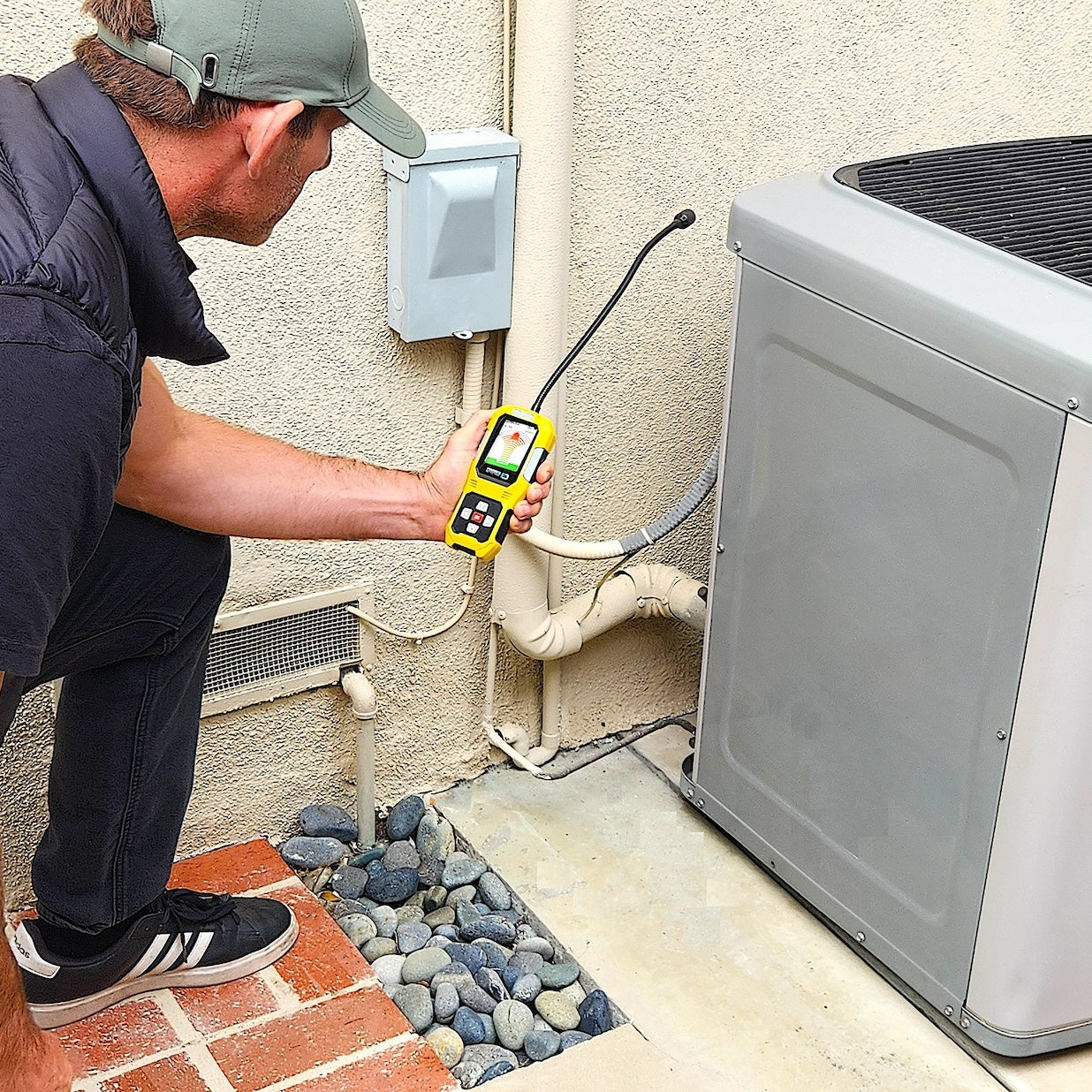
Air conditioning and refrigeration systems are important in many homes and businesses, especially in hot and humid climates. These systems develop leaks that can lead to significant problems, such as reduced efficiency, increased energy bills, and even environmental damage. Freon leak detectors and refrigerant leak detectors come in handy in specifically locating the leak location to be assessed and fixed.
Differences between Carbon Monoxide and Carbon Dioxide? (2025 insights)
Carbon Monoxide Detectors for Location, Levels, and Beeping (in 2025)
Best Cigarette Smoke Detector (2025 update)
Best Combustion Analyzer (updated for 2025)
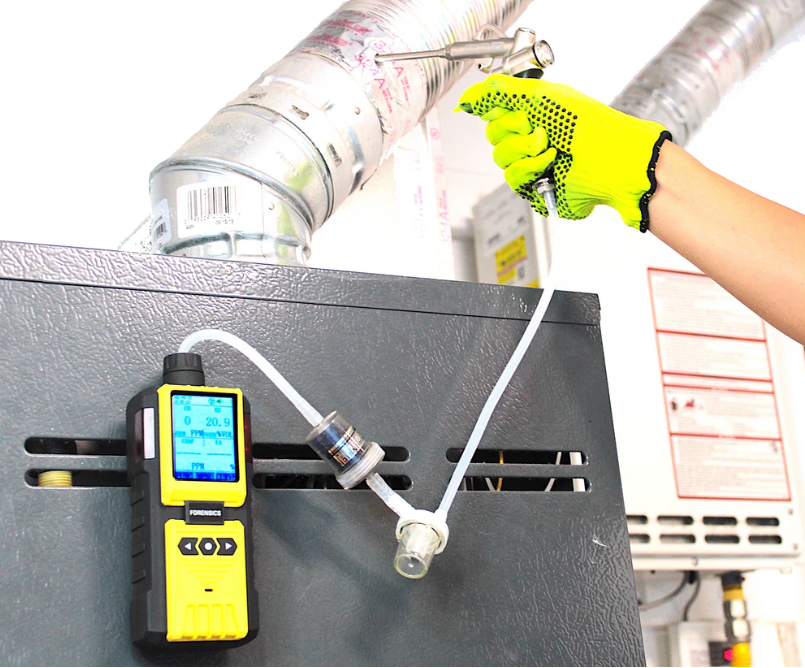
A combustion analyzer detects gases such as carbon monoxide (CO), oxygen (O2), and carbon dioxide (CO2). Heating, Ventilation and Air Conditioning (HVAC) specialists, boiler technicians, and plumbers use these devices. A combustion analysis is commonly performed on appliances such as boilers, heaters, ovens, pool heaters, and furnaces. Test results provide gas level concentration and insight into safe and efficient appliance operation. Based on these readings, adjustments may be needed to improve combustion efficiency and reduce carbon monoxide levels.
Best Explosive Gas Leak Detector (2025 update)

Gas leaks are dangerous and can have terrible consequences if undetected. Explosive gas leak detectors are essential to detect these leaks. These devices are essential in ensuring safety and mitigating the risks associated with gas leaks at home or in an industrial situation. Explosive gas leak detectors are designed with a gooseneck for inspection, designed for personal exposure and clipped to the pants, designed with a probe to draw air samples for inspection and designed for wall mount use for continuous air monitoring.

